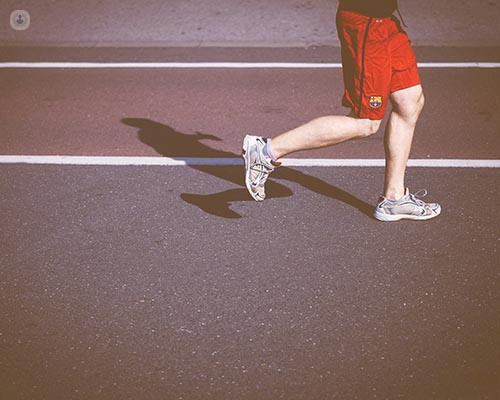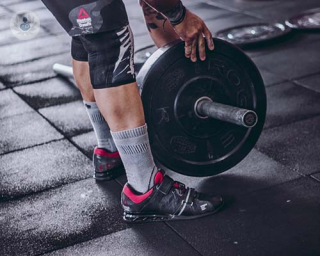Calf Implants
Mr Omar Tillo - Plastic surgery
Created on: 11-13-2012
Updated on: 11-21-2023
Edited by: Carlota Pano
What are calf implants?
The aesthetics of your calves depend on the shape and size of the calf muscle, which can vary greatly from person to person. Calf implants are silicone prosthetics that adjust the calves by producing enhancements to volume and proportion, mimicking the shape of real calf muscle.

Why are calf implants considered?
Genetics or muscle wastage due to illness can lead to underdeveloped or asymmetrical calf muscles, which can create aesthetic concerns regarding the overall aesthetics of the legs. Calf implants work to address these feelings by enhancing the appearance of the calves and creating an athletic look that offers more confidence when wearing shorts, swimwear, or other outfits that reveal the legs.
What is the procedure for calf implants?
The calf implant procedure begins with a three-inch incision being made along the back of the knee. A pocket is then created between the fascia and the gastrocnemius muscle, making sure to preserve the muscle and provide the most natural-looking results. Once the implant is in place, the incision is closed with dissolvable sutures.
What are the risks of calf implants?
As with any surgery, calf implant procedures carry certain risks, though these are rare. Some bruising and inflammation after the surgery is natural, as is a small scar at the incision site that should fade over time. Other potential risks are infection, damage to nerves, excess bleeding and blood clots, as well as possible allergic reactions to anaesthesia or to the implants themselves.
How long do calf implants last?
Provided the implants do not break down or shift position, they can remain in place permanently. However, they are removable, and can be taken out for replacements or adjustments as necessary.
What happens following calf implant surgery?
Immediately after surgery, it is important to have a comfortable environment to relax in, as any post-surgical swelling and soreness you experience will be at its worst during the first week of recovery.
After two weeks of downtime, a return to work and other light activities should be possible, but more strenuous activities that put pressure on the legs should be avoided until four to six weeks into recovery. A full return to your pre-surgery routine and exercise regime should be possible after eight weeks.
Who is the ideal candidate for calf implants?
Anyone experiencing discomfort with underdeveloped calves can be a good candidate for calf implant surgery. Candidates should also be in good physical and psychological health and have a clear understanding of the kind of outcomes they can expect from the procedure.


